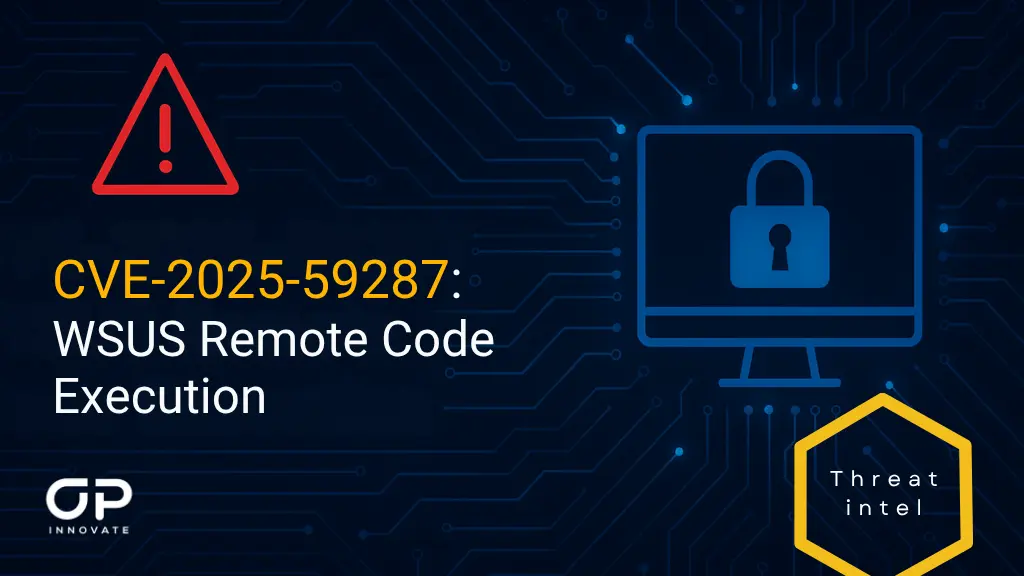It is estimated that billions of exposed credentials are actively for sale on the dark web. Considering that a single leak from last year exposed over 10 billion new credentials, the number continues to rise at an alarming rate. Hundreds of organizations are at risk.
The worst part is that most organizations don’t even know that cybercriminals are actively shopping for their credentials, which will result in a data breach sooner or later.
Understanding the danger this poses to our clients, OP Innovate recently integrated a dark web scanner into our WASP platform.
The scanner proactively searches for compromised credentials across dark web marketplaces, breach dumps, and underground hacker forums, identifying stolen login details linked to your organization before they can be exploited.
When a match is found, WASP immediately opens a high-level vulnerability on the platform, allowing them to take swift action – whether by enforcing password resets, implementing multi-factor authentication, or conducting an internal investigation to assess the potential danger.
WASP overview of employee and customer data compromised through an infostealer campaign
How Stolen Credentials End Up on the Dark Web
The dark web is the central hub for cybercriminal activity, where stolen credentials are actively bought, sold, and traded on underground forums and illicit marketplaces. Everything from corporate email logins to cloud service credentials can be found in these hidden corners of the internet, often bundled with other sensitive data like financial information and personal identifiers.
Attackers steal login credentials through phishing, malware, or data breaches, and have several ways of monetizing them:
- Selling on dark web marketplaces: Price is determined by the value of the targets, industry, access level, and freshness.
- Trading in private hacker groups: Elite cybercriminal communities exchange stolen credentials among themselves to facilitate larger attacks.
Some hackers may even publicly release massive credential dumps to gain notoriety. Such was the case with the RockYou2024 leak, where nearly 10 billion unique plaintext passwords were exposed on a popular hacking forum.
Most Organizations Don’t Detect Credentials Until It’s Too Late
Unfortunately, most organizations have no idea that their credentials are stolen and actively sold to cybercriminals. By the time they discover their passwords are stolen, attackers may have already gained unauthorized access, stolen sensitive data, or deployed malware within their systems.
There are several factors that contribute to this lack of visibility:
- No immediate indicators of compromise: Unlike malware or phishing attacks, credential leaks don’t trigger security alerts, making them harder to detect.
- Long dwell times: Hackers often sit on stolen credentials for weeks or months before using them, making it difficult for security teams to trace back the source of a breach.
- Reused passwords: Many employees reuse passwords across multiple accounts, meaning that a single leaked credential can expose multiple systems.
The Solution: Dark Web Credential Monitoring
The only way to proactively identify and remediate stolen credentials is through real-time dark web monitoring.
Traditional security measures like firewalls, access controls, or endpoint protection focus on preventing breaches, but they don’t alert organizations when credentials have already been stolen and are actively circulating on the dark web.
Without proactive monitoring, businesses remain unaware of exposed credentials until cybercriminals use them for account takeovers, ransomware attacks, or corporate espionage.
How WASP Detects and Alerts You to Stolen Credentials
With the latest update of the WASP platform, users now have access to enhanced dark web monitoring capabilities, providing faster and more accurate detection of stolen credentials before they can be exploited.
WASP’s Credential Leakage Scanner continuously scans hacker forums, Telegram groups, breach dumps, and underground marketplaces to detect compromised credentials linked to your organization.
You can initiate a scan with a single click
While most dark web scanners take weeks, WASP alerts users within hours of detecting stolen credentials, allowing security teams to take immediate action.
Our scanner also goes into detail about each exposed credential and compromised machine, helping you uncover the cause of the leak, and determine the level of risk associated with each compromised account.
This includes:
Deep malware insights
WASP provides detailed intelligence on whether credentials were stolen via infostealer malware, phishing campaigns, or other attack methods. By analyzing the malware involved, WASP helps security teams trace the root cause of the leak and take targeted action to remove the threat.
Infected machine detection
WASP maps stolen credentials to infected endpoints, helping teams identify and isolate compromised machines. If multiple credentials were stolen from the same endpoint, this could indicate a larger breach.
Try WASP Now
We are building WASP to become a comprehensive, all-in-one platform for continuous threat exposure management (CTEM).
Through advanced, automation-powered penetration testing and threat detection, WASP is helping dozens of organizations detect and mitigate their cyber risk in real time.
Want to become part of the next wave of proactive cybersecurity leaders?
Test WASP with a FREE account, or contact us for more details and a live demo.










